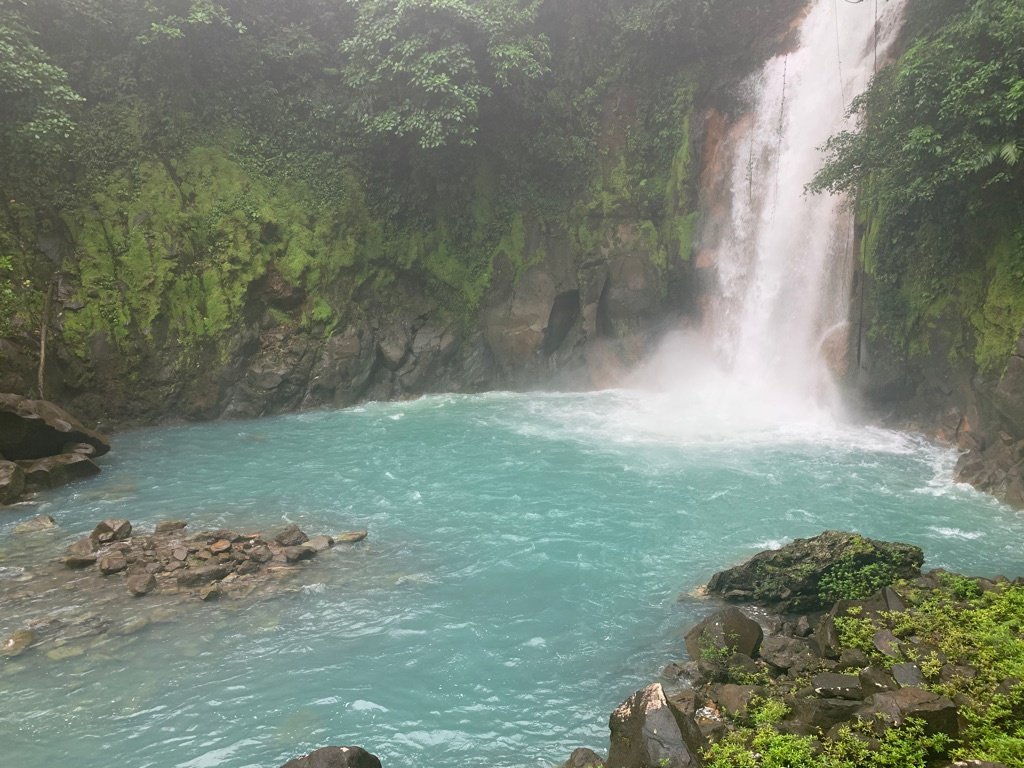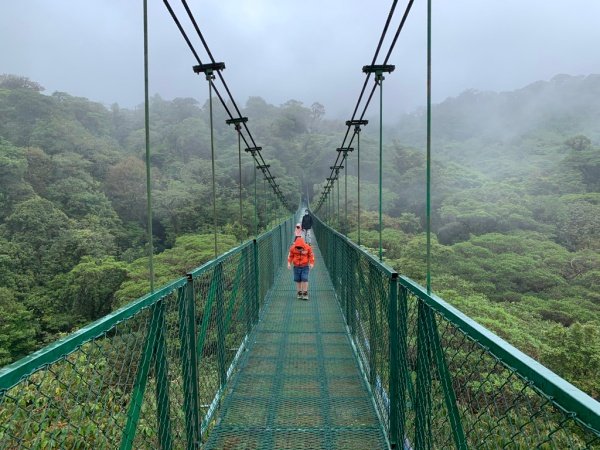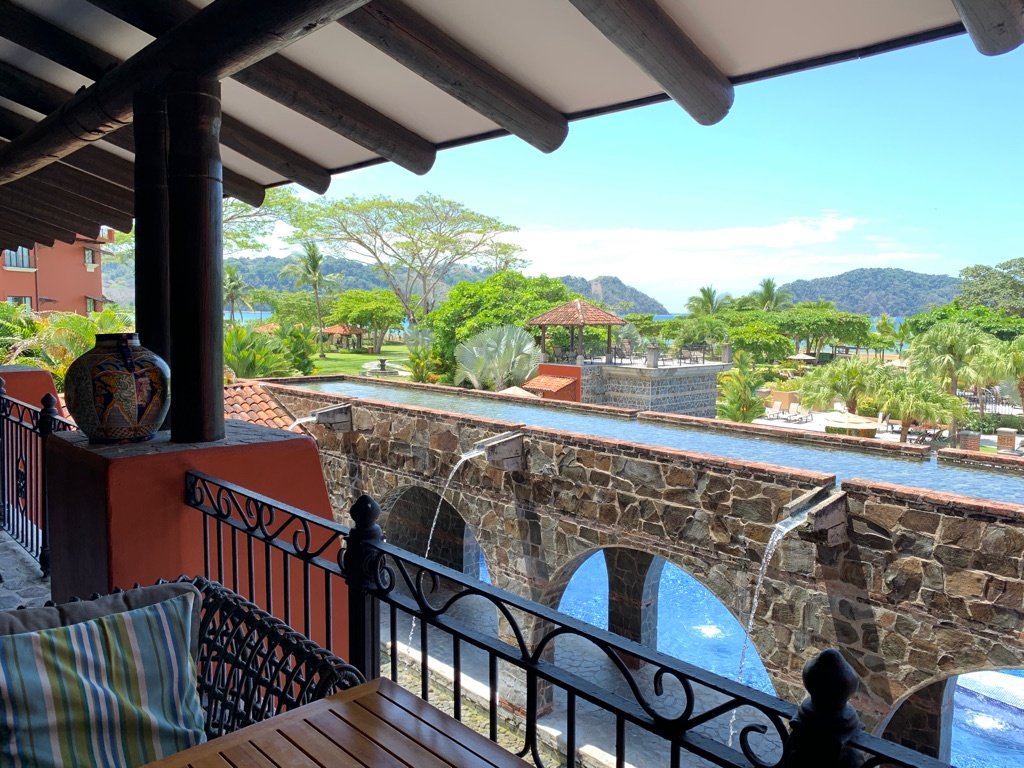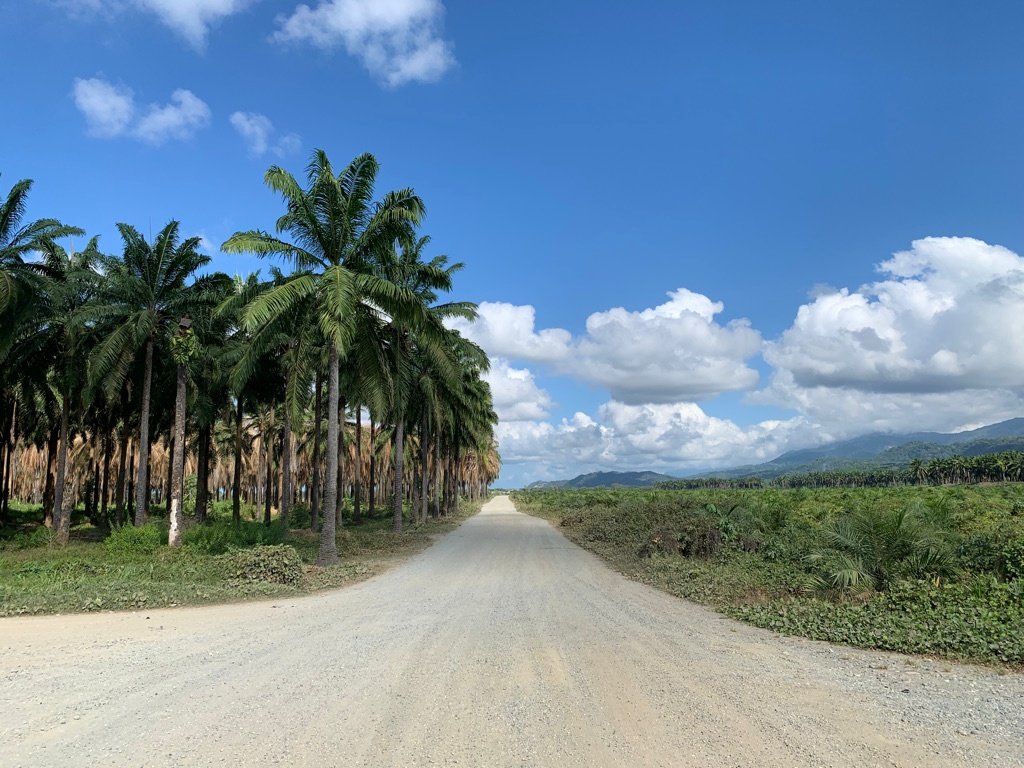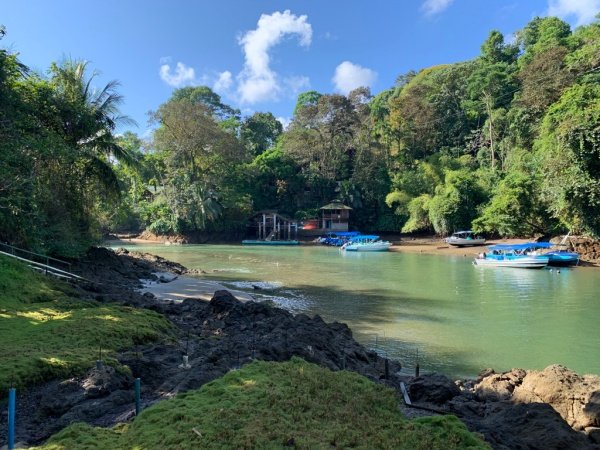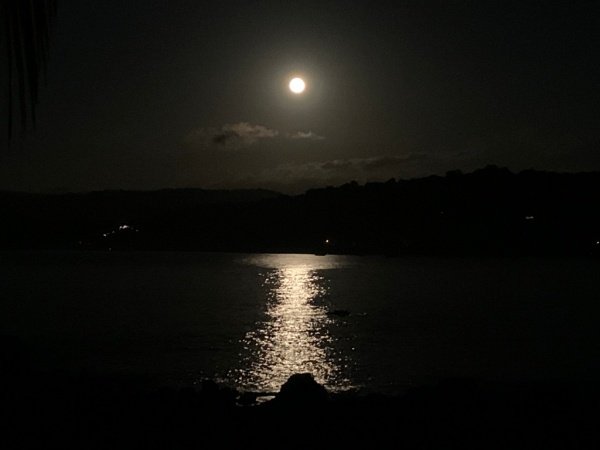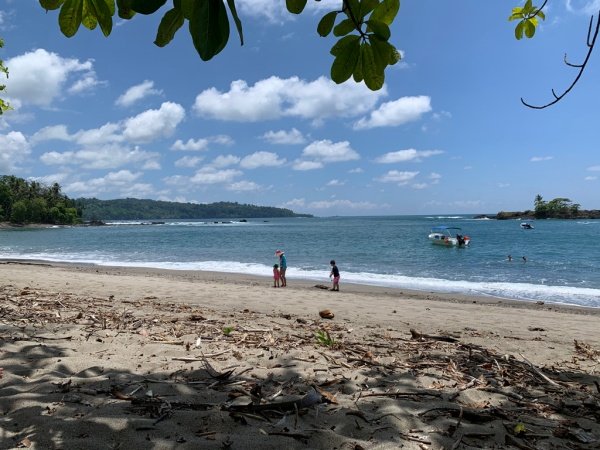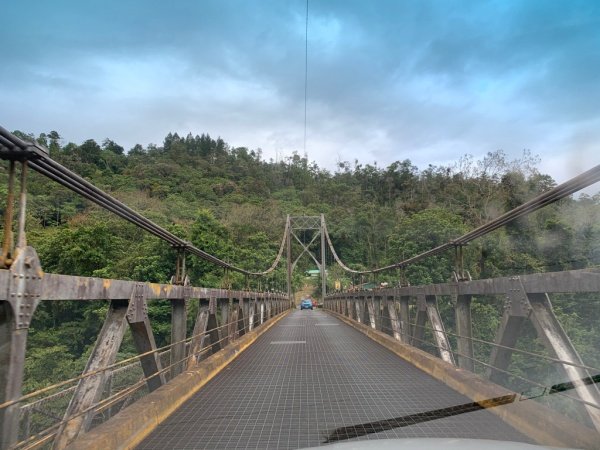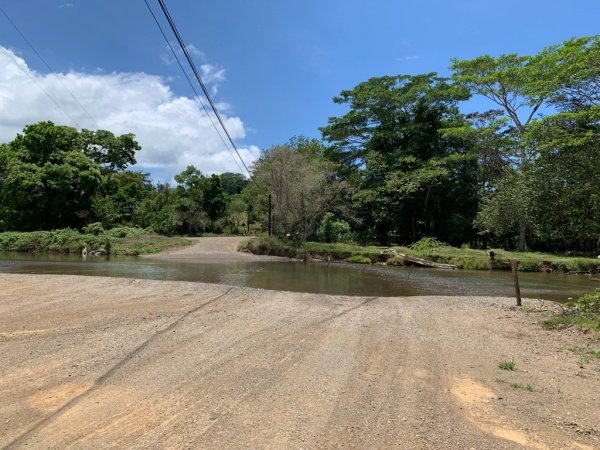Costa Rican Road Trip Recap
Recap
Our Costa Rican road trip has been an unforgettable journey through a diverse landscape—from volcanic mountains and lush rainforests to serene beaches and vibrant coastal towns. Starting in La Fortuna, we explored the famous Parque Nacional Volcán Tenorio and soaked in natural hot springs. From there, Monteverde’s cloud forests immersed us in a magical ecosystem where we glimpsed the rare resplendent quetzal and walked among the treetops on hanging bridges, experiencing one of Costa Rica’s most unique and biodiverse environments. Each stop has offered us a deeper connection with nature and incredible wildlife encounters, from the playful monkeys to colorful birds and beyond.
After we spent a couple of days in Los Sueños, the journey took us to Drake Bay and Corcovado National Park, a remote paradise that exceeded all expectations with its incredible biodiversity and thrilling jungle hikes. Here, we encountered elusive wildlife and learned the importance of preserving these natural treasures, a message we carried with us as we navigated the wild rivers and roads to reach our remote lodges in Osa Peninsula.
As we ventured around Drake Bay, our family spent a tranquil day in Isla del Caño for mesmerizing snorkeling adventures.
Our road trip wrapped up with a visit at Doka Estate. Visiting the coffee plantation allowed us to see firsthand the rich traditions behind Costa Rican coffee. This journey has not only been a travel adventure but a deep dive into Costa Rica’s unique natural landscapes and vibrant culture—a perfect mix of family-friendly activities, peaceful downtime, and unforgettable outdoor exploration.
Budget
Our total expenses for this trip reached almost $10,000, although, if we hadn’t redeemed over 350,000 points for hotels and flights, the overall cost would have been closer to $14,000.
Dining: Dining costs were kept low as our stay in Drake Bay included meals, and we often ate at local “sodas,” Costa Rican diners known for affordable, hearty meals. While Costa Rica has a thriving dining scene in major cities and resorts, there are plenty of budget-friendly options, especially in small towns. If staying in one location for a while, cooking meals can also help save on dining expenses.
Entertainment: To save on tour and park entry fees, I recommend checking if advance booking online is necessary to secure availability, as some activities can fill up quickly. However, paying in cash on-site can sometimes yield discounts. For instance, one hotel offered a 30% discount and waived tour fees for kids, and several tours provided 20-25% discounts when paying in cash, eliminating tax and convenience fees. This approach saved us over $1,000 in total.
Medical: COVID-related expenses included testing and insurance:
COVID Testing: The timing for COVID testing can be confusing. Some sources state that the test should be done within 72 hours of crossing the border, while others recommend within three days of travel. A rapid antigen test worked well for us, with results received in a few hours. I booked our test at Hospital Metropolitano’s Sede Marina Pez Vela location for $50 per person. Although tests in the U.S. are often free, this was a reasonable cost compared to resorts that were charging up to $200 per person.
Travel Insurance: Given Costa Rica’s strict entry requirements, I purchased travel insurance through INS (Instituto Nacional de Seguros), which provided the necessary COVID-19 medical coverage (minimum $50,000 for medical expenses and $2,000 for lodging due to illness) and cost over $600 for our family. This seemed steep, but it provided peace of mind by meeting all requirements without added hassle.
Accommodation: By redeeming around 250,000 hotel points, we saved nearly $3,000. However, options were limited, as major Western hotel chains are concentrated near cities, airports, and beach resorts, whereas much of our trip was spent in more remote areas.
Transportation: Transportation costs were higher than expected due to last-minute airfare and car rental expenses. Although I initially found roundtrip tickets for $300 each, those prices had increased by the time I booked, so I used 120,000 miles plus $750 for four round-trip tickets. Car rentals in Costa Rica are unique, often doubling the quoted rate once insurance fees are included. For two weeks, we rented a midsize 4x4 from Dollar, costing around 800,000 Costa Rican colones (about $1,300). A 4WD is ideal for exploring remote areas, although many destinations are accessible by 2WD, which is more affordable. If you’re uncertain about road conditions or traveling during the rainy season, consider hiring a local driver or using shuttle services.
Cash: Finally, I withdrew plenty of U.S. dollars in small, crisp bills (mostly tens and twenties). U.S. currency is widely accepted in Costa Rica, though locals may reject damaged bills and often prefer smaller denominations for convenience.
This budget breakdown should give you a sense of how costs can vary based on your choices and help with planning a balanced travel budget for Costa Rica.
Here’s the breakdown, excluding costs associated with entering and leaving the country, such as flight tickets and airport parking. For simplicity, I converted 1 point into 1 cent. Numbers are rounded, so they may not add up perfectly to the total.
| Category | Expense ($) | Expense (%) |
|---|---|---|
| Accommodation | $5,614 | 52% |
| Dining | $960 | 9% |
| Entertainment | $1,605 | 15% |
| Medical | $847 | 8% |
| Transportation | $1,783 | 16% |
| Grand Total | $8,482 | 100% |
Here’s the full breakdown:
| Category | Expense ($) | Expense (%) |
|---|---|---|
| Accomodation | $5,614 | 42% |
| Dining | $960 | 7% |
| Entertainment | $1,605 | 12% |
| Medical | $847 | 6% |
| Transportation | $4,404 | 33% |
| Grand Total | $13,429.76 | 100% |
Map
Here’s a map of our road trip route. I’ve simplified it a bit, but this should still give you a clear overview of our journey. Below is a summary of our schedule:
Day 1: Volcano Lodge Hotel & Thermal Experience in La Fortuna
Day 2: Parque Nacional Volcán Tenorio and Tabacón (Nighttime) in La Fortuna
Day 3: Tabacón (Daytime) and Mistico Park in La Fortuna
Day 4: Selvatura Park in Monteverde
Day 5: Los Sueños Marriott Ocean & Golf Resort
Day 6: Sports Fishing and Jaco
Day 7: Sierpe and Drake Bay
Day 8: Parque Nacional Corcovado and Drake Bay
Day 9: Caño Island Biological Reserve and Drake Bay
Day 10: Quepos
Day 11: Manuel Antonio and Doka Estate in Alajuela
Day 12: Alajuela and San Jose
Day 13: San José
Driving in Costa Rica
According to Google Maps, the total distance of our trip was about 1,161 km, and it suggested a driving time of 22 hours and 41 minutes. However, as anyone who's driven in Costa Rica can tell you, that estimate is overly optimistic. Here’s why:
Road Conditions: Even major highways are often just two-lane roads, and overtaking slow vehicles can be challenging. Many bridges are single-lane, so one side must yield, which can further slow you down.
Rough Roads: Some roads, especially in remote areas or during the rainy season, can be unpaved or difficult to navigate—even in a 4WD vehicle.
Mountainous Terrain: Costa Rica is a country of steep hills and winding roads, which can add considerable time to your drive.
Speed Limits: The maximum speed limit is typically 80 km/h, often dropping to 60 km/h or even 30 km/h in towns and residential areas.
Navigation: Many roads are poorly signed, so it’s not uncommon to rely on GPS to figure out if you’ve taken a wrong turn, rather than spotting a street sign.
On average, we drove 4-5 hours per day, except for our time in Drake Bay, so I found that the actual driving time was about double what the GPS estimated.
Regarding navigation tools, Google Maps worked perfectly fine for us, and though I briefly considered purchasing a paper map in case of phone battery issues, I ended up getting a free map from the rental car company and never used it.
Also, keep in mind that tolls are collected on major highways, usually less than 1,000 Costa Rican colones (about $2). It’s a good idea to have some small bills or coins on hand. Lastly, gas stations can be few and far between, so always make sure to fill up when you can. Fuel prices are regulated by the government, so the cost is the same wherever you go.

